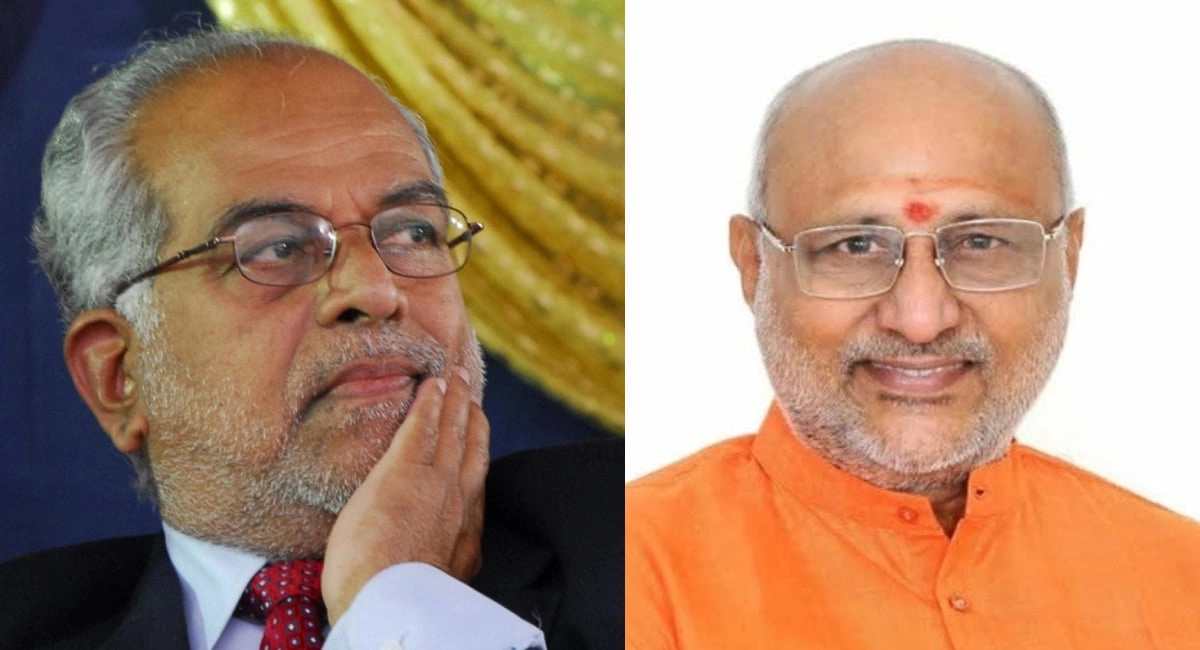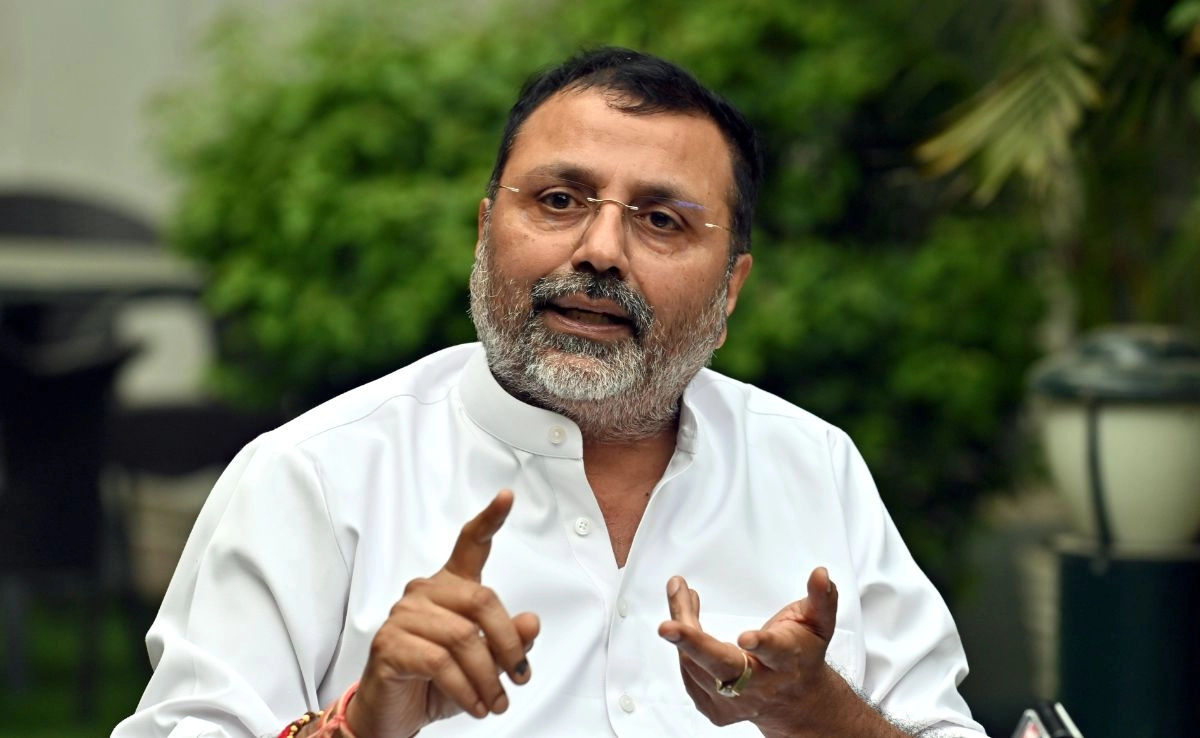As the political landscape in India continues to evolve, all eyes are on the upcoming elections, particularly the battle between the National Democratic Alliance (NDA) and the Indian National Developmental Inclusive Alliance (INDIA). One of the critical discussions surrounding these elections is the selection of the new Vice President. With voting set to begin soon, political parties are gearing up for a fierce contest, each positioning their candidates and strategies to secure victory. The Vice President plays a significant role in the Indian political framework, serving not only as the second-highest constitutional authority but also as a vital link in the legislative process. The stakes are high as both alliances seek to consolidate their power and influence in the upcoming term.
The NDA, led by the Bharatiya Janata Party (BJP), is expected to nominate a candidate who aligns with its core ideologies and has substantial public appeal. This candidate will need to rally support not only within the NDA coalition but also from independent lawmakers and smaller parties to ensure a decisive win. On the other hand, the INDIA alliance is likely to put forth a candidate who embodies the values of inclusivity and development, aiming to attract a diverse voter base. The competition between these two alliances is not merely about the Vice Presidency; it reflects broader ideological battles and the future direction of Indian politics.
As the voting process approaches, campaign strategies are intensifying. Both alliances are engaging in outreach efforts, town hall meetings, and social media campaigns to connect with voters and rally support for their respective candidates. The dynamics of this election are further complicated by the changing sentiments among the electorate, with young voters becoming increasingly influential. Their priorities, particularly around issues such as employment, education, and social justice, will play a critical role in determining the outcome of the election. The Vice Presidency may seem like a secondary position, but its significance in shaping policies and legislative agendas cannot be underestimated.
In this context, the battle for the Vice President’s seat is emblematic of larger political struggles within the country. As voting begins, the focus will not only be on the candidates themselves but also on the underlying issues that resonate with the electorate. The outcome of this election could have far-reaching implications for the governance of India, influencing legislative efficiency and the overall political climate. Ultimately, as the NDA and INDIA prepare for what promises to be a closely contested election, the question of who will emerge as the new Vice President remains a pivotal one that will shape the future of Indian politics for years to come.




